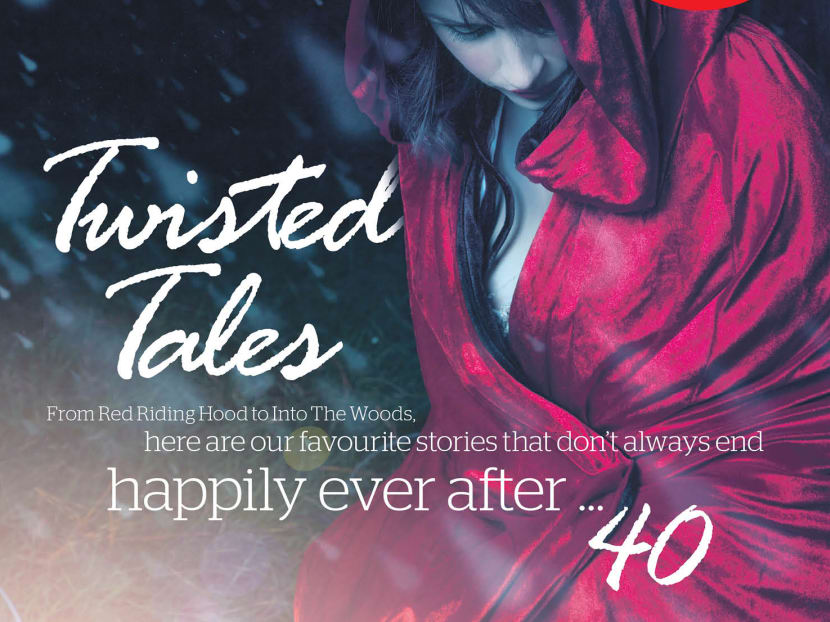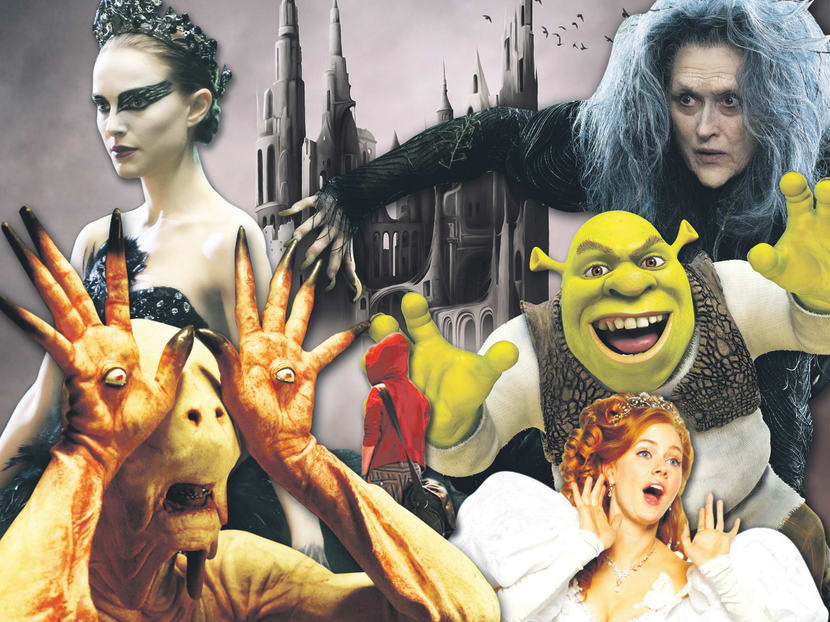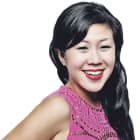How fairy tales are not fluffy and light any more
Move aside, Cinderella. Excuse me, Little Mermaid. Don’t call us, Snow White, we’ll call you. These days, fairy tales aren’t quite what many might imagine them to be. The continued renewal of the fairy story through each retelling has pushed all the boundaries of taste, and traversed the shades of light and dark in surprisingly exhilarating ways.


Move aside, Cinderella. Excuse me, Little Mermaid. Don’t call us, Snow White, we’ll call you. These days, fairy tales aren’t quite what many might imagine them to be. The continued renewal of the fairy story through each retelling has pushed all the boundaries of taste, and traversed the shades of light and dark in surprisingly exhilarating ways.
It has, in recent years, inspired theatre, films and TV to lift the veil on these stories and reveal a sometimes depraved, sometimes pitch-black narrative riddled with primal fears, coming-of-age nightmares, patriarchal distress and sexual anxiety hiding in literature’s fabled legends. Thanks to the success of television shows such as Once Upon A Time, Grimm and now, The Librarians, along with the recent onslaught of films such as Red Riding Hood (2011), Mirror Mirror (2012), Snow White And The Huntsman (2012) and last year’s Maleficent, with Angelina Jolie in the title role, the subverted fairy tale is more prevalent than ever.
The latest film to enter the fray is Disney’s Into The Woods (which opens in cinemas here tomorrow), but this twisted take isn’t new. It’s based on Stephen Sondheim’s hit musical, which was first staged in 1987 on Broadway and has been revived worldwide constantly since. In possibly one of the first reimaginings to distort our favourite fairy tales in popular culture, the brilliant Sondheim bewitchingly intertwines several well-known fairy tales and features more death than the typical tale. He holds up a magic mirror to our shared experiences, turning gender stereotypes along with many other conventions on their heads.
Predictably, many critics have commented that this new Disney version, after various cuts and changes, has managed to sugar-coat the original stage work, thus muting the power of the fundamental dark existentialist message. But, hey, if that means bringing the story to masses, we say bring it on. After all, when will we ever get tired of irreverent retellings of the stories of our childhood? Probably never.
Here are our favourite twisted tales that, like Sondheim, managed to get it right.
SHREK
Ogres as romantic heroes and princess brides. Cinderella as a neurotic clean freak. Snow White as a bossy know-it-all. Puss in Boots hacking up hairballs. Pinocchio with a leaf still growing off his wooden lie-detector. Shrek doesn’t simply adapt one fairy tale — it adapts them all. The Shrek franchise has made blockbuster business out of subverting classic children’s stories, creating lovably goofy alter egos out of shiny knights and fair damsels, and bringing them a little closer to our own not-so-happily-ever-after reality.
HARD CANDY
Even though Hayley’s (Ellen Page’s character) scarlet hoodie was apparently an incidental choice (perhaps an indication of how deeply these tales have embedded themselves into our subconscious), the allusion to the story of Little Red Riding Hood seems undeniable. A young girl engages in a creepy flirtation with an older man, and the plot flips when predator becomes prey. That is when the comparison goes beyond mere visual clues and thrills, with its Jungian thematic of unabashed feminine power.
A TALE OF TWO SISTERS
Based loosely on a popular Korean folk story "Rose Flower, Red Lotus," this is more like a typical fairy tale than your standard Asian ghost girl story. The evil stepmother who is Pandora's box of physical and psychological terror? Check! The coming-of-age drama fraught all things supernatural and strange? Double check! With chronology all jumbled as horrific events are replayed like fragments of a nightmare and the mayhem stars breeding the madness, this is an intriguing update of its ancient literary origins.
ENCHANTED
Enchanted may not be based on one particular fairy tale, but this Disney film borrows elements from many of the studio’s fantastical classics to make a movie that honours the genre in both spirit and quality. Plus, it was the film that made Amy Adams a star and had Patrick “McDreamy” Dempsey singing and almost dancing.
THE CITY OF LOST CHILDREN
Marc Caro and Jean-Pierre Jeunet’s 1995 gripping dystopian fantasy is a visually stunning twist on the fairy tale. An evil scientist kidnaps young children and attempts to unlock the secrets of their dreams. Absurdly disorienting, the film’s dream logic narrative draws the parallels that fairy tales illustrate about our real lives — incredible, fantastic and reimagined.
BLACK SWAN
Okay, it’s not a fairy tale per se, but with Natalie Portman girl-fighting with Mila Kunis, what more can we ask for? Darren Aronofsky’s surreal and heartbreaking psycho-thriller about a ballerina’s masochistic struggle with her own desires is a tragic fairy tale nightmare in itself, revolving around a production of Tchaikovsky's Swan Lake ballet, which was originally fashioned from Russian folk tales. It also immediately draws comparisons to Hans Christian Anderson’s gory fairy tale- The Red Shoes, which was famously made into a 1948 British film of the same name by Michael Powell and Emeric Pressburger.
VALERIE AND HER WEEK OF WONDERS
A strange blend of classics like Alice in Wonderland and Little Red Riding Hood, this is one bizarre fable of a young woman’s maturation into womanhood. A shifting combination of tragicomedy, eroticism and fairy tale symbolism of youth, age, sexuality and death, this is one half opaque folk , one half Gothic horror. Valerie‘s sublime fantasy recalls the savage origins of fairy tales, before Disney helped sanitize them for the kids.
PAN’S LABYRINTH
Quite simply a brilliant blending of historical realism with fantasy, the supernatural, and director’s Guillermo del Toro’s dark visual poetry to create a visionary examination of Spain's darkest chapter of the last century. Like the fairy tales that the film calls to mind throughout, de Toro’s ability to intertwine beauty and horror alongside men and monsters so closely together is monstrous, compelling and fastastical.







